Is Apple getting into the car business? No, Apple isn’t building a car. But it makes perfect sense that Apple would be working on an in-dash system.
The car blog Jalopnik said this week that a Chinese head-hunting firm is apparently helping Apple hire someone expert in the manufacturing of car parts. The recruiter apparently placed the position in the automotive section of LinkedIn. The listing said:
“Apple(China) Looking for SQE/NPI with over 4 years Mechanical engineering background familiar with CNC/die casting/stamping/plastic injection, can use APQP/ PPAP/SPC to control product quality.”
PatentlyApple.com has reported over the years multiple patents held by Apple for in-car user interfaces.
The circumstantial evidence suggests that Apple is at least thinking about getting serious about the automotive dashboard business.
And getting into the car business just makes sense for Apple. Here’s why.
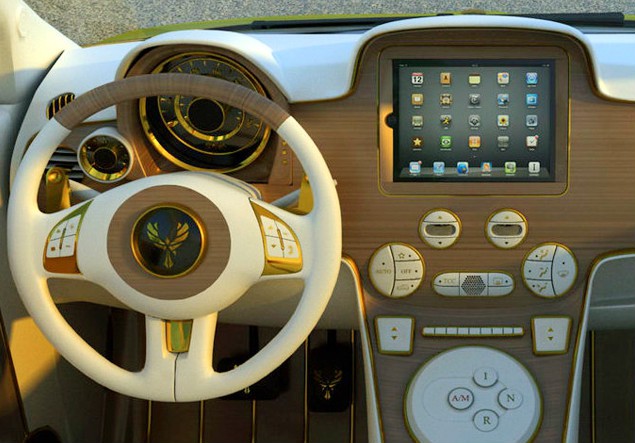

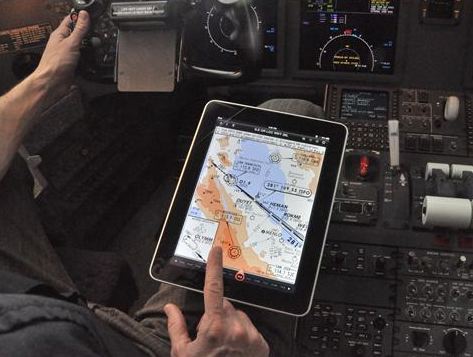
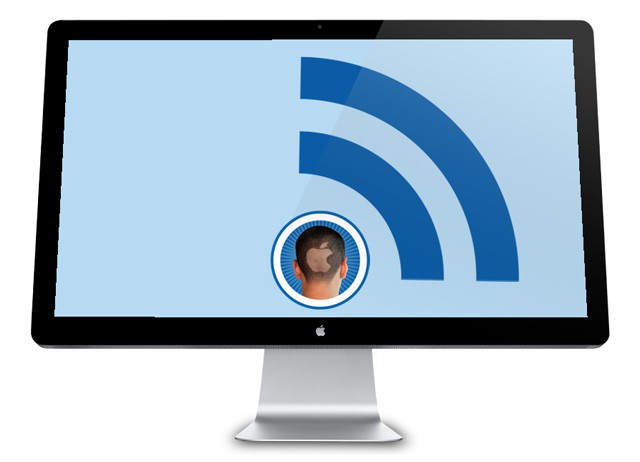

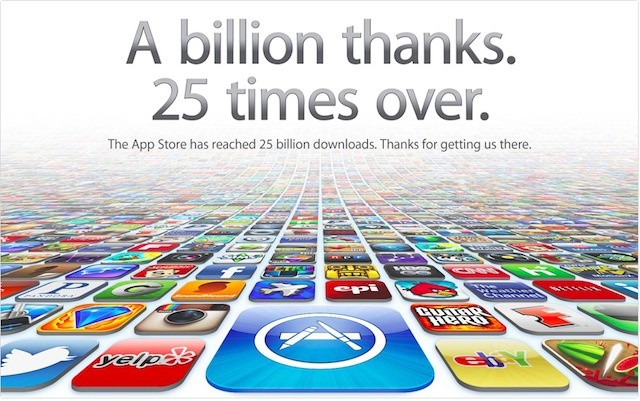
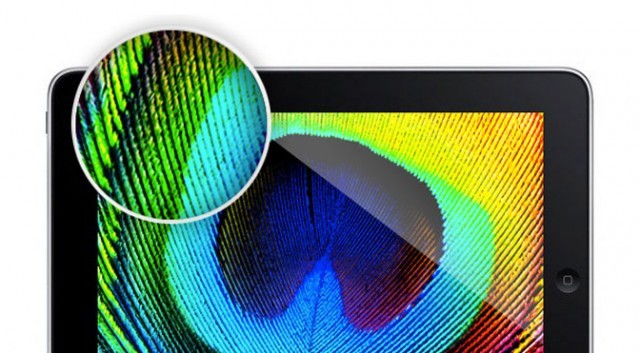
![IPad 3 Pricing To Remain Same As iPad 2, No New Storage Sizes [Report] ipad2110322125540](https://www.cultofmac.com/wp-content/uploads/2012/03/ipad2110322125540.jpg)
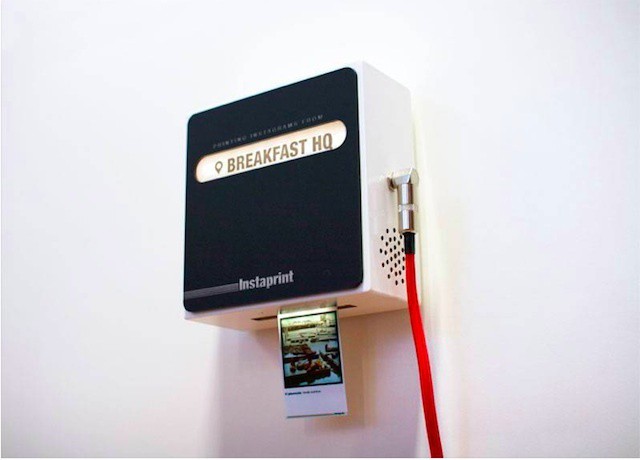
![This iPhone Smartcover Turned Two Design Students Into Entrepreneurs [Interview] The TidyTilt.](https://www.cultofmac.com/wp-content/uploads/2012/02/tt.jpg)
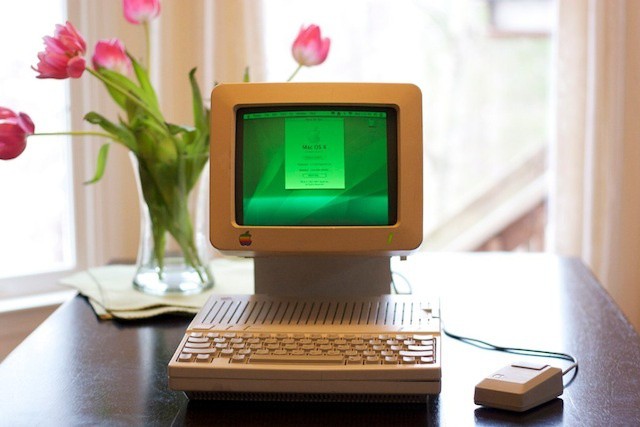
![On Location For Apple’s iPad 3 Event Prep At Yerba Buena In San Francisco [Gallery] the Apple logo centered around a colorful background](https://www.cultofmac.com/wp-content/uploads/2012/03/Screen-Shot-2012-03-02-at-3.47.51-PM.jpg)
![Pxl Gives Your Photos A Generous Dose Of Weird [Review] top.jpg](https://www.cultofmac.com/wp-content/uploads/2012/03/top.jpg)

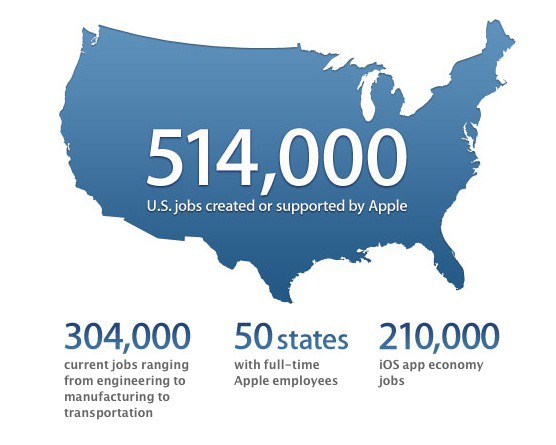



![Inside Apple’s Gorgeous New Amsterdam Retail Store [Gallery] 120301-06-apple-store-amsterdam](https://www.cultofmac.com/wp-content/uploads/2012/03/120301-06-apple-store-amsterdam.jpg)

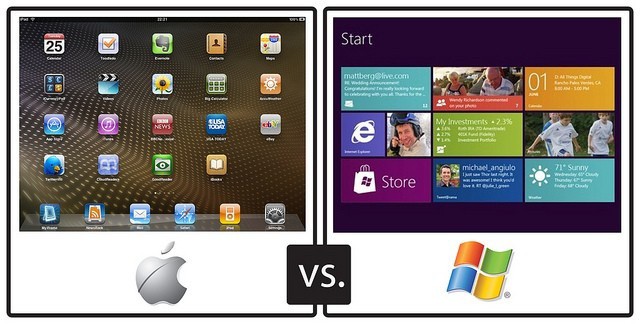
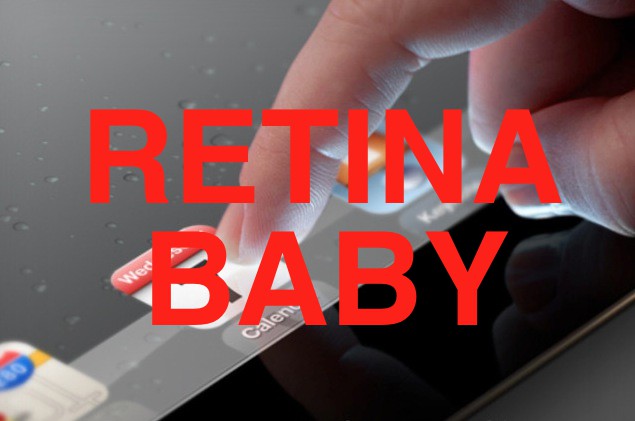

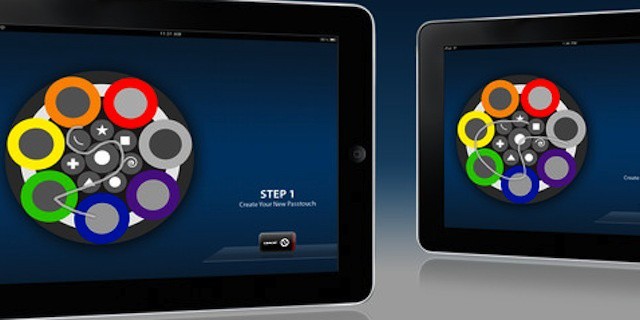
![Windows 8 Tablet vs. iPad 2 [Video] post-149917-image-982248a980cfda552dcab3da017204d4-jpg](https://www.cultofmac.com/wp-content/uploads/2012/03/post-149917-image-982248a980cfda552dcab3da017204d4.jpg)
![Apple Planning To Launch TV Streaming Service By Christmas [Report] apple_tv_netflix](https://www.cultofmac.com/wp-content/uploads/2012/03/apple_tv_netflix.jpg)